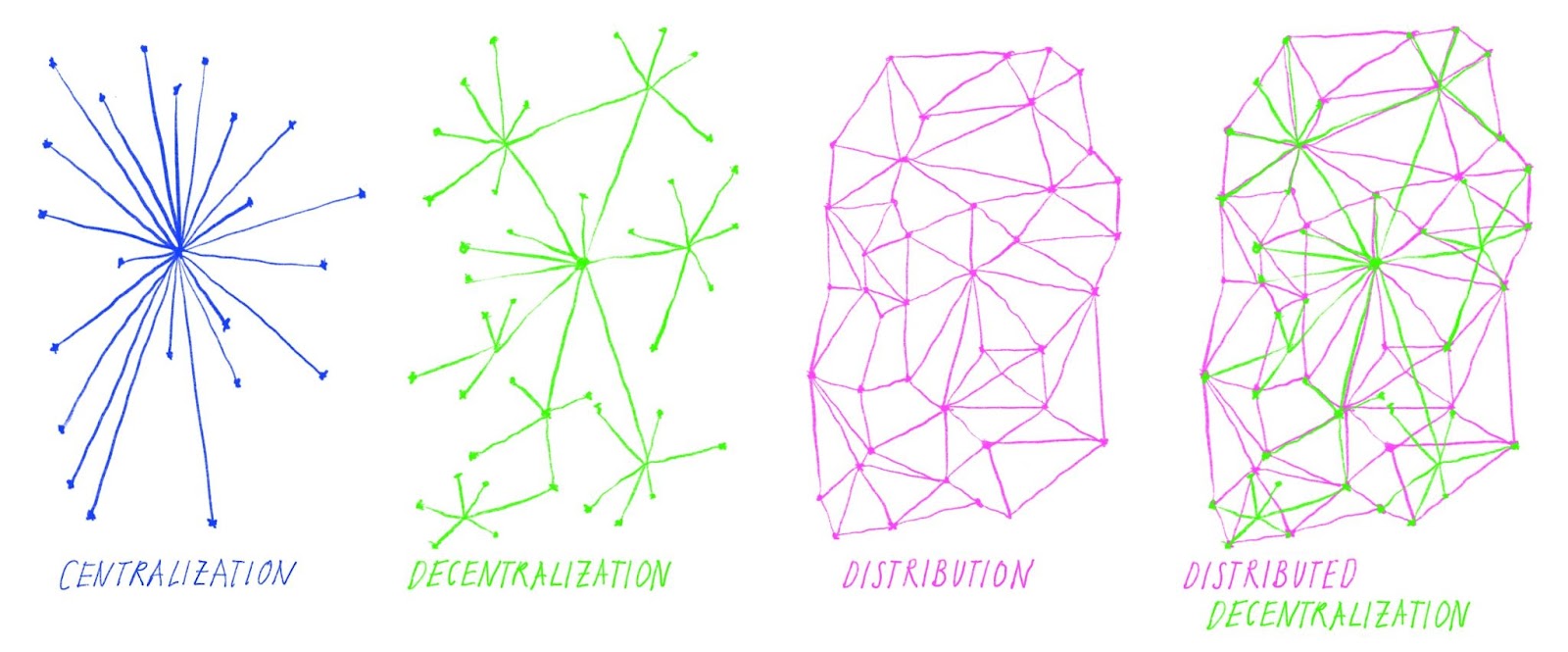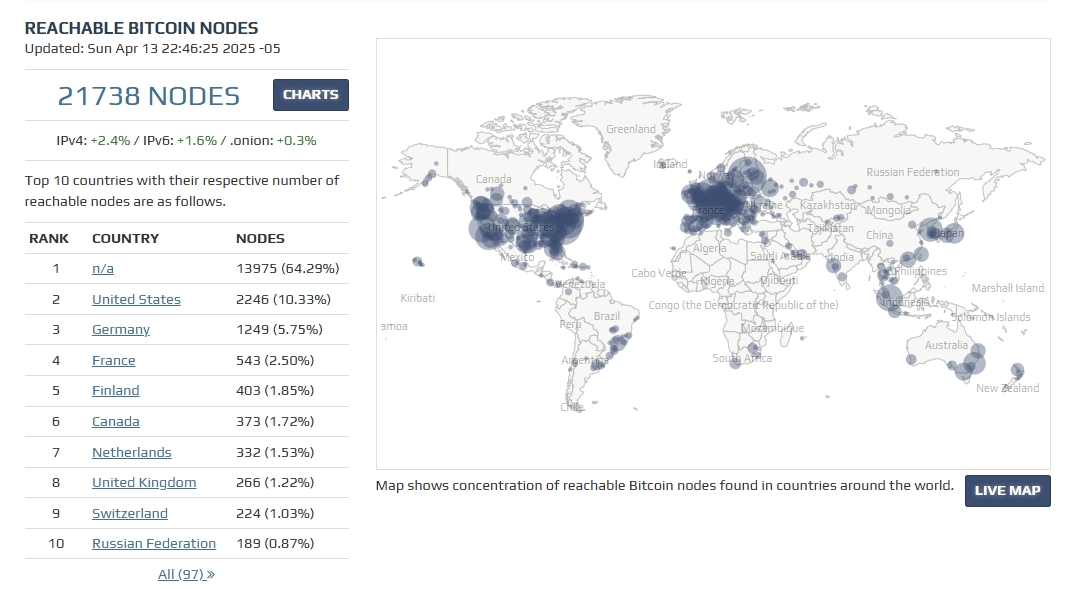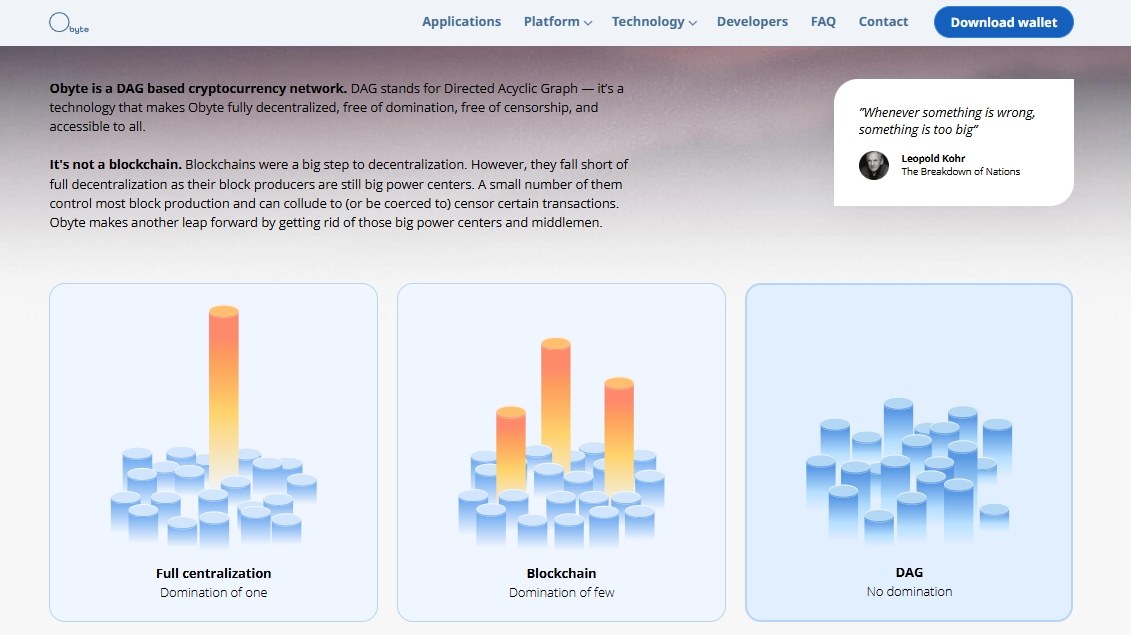and the distribution of digital products.
Educational Byte: P2P, Distributed & Decentralized –They’re different Things
You may have seen these terms before and thought they were perhaps synonyms, but the truth is, they have their differences. Understanding them is essential to knowing what kind of system you’re actually participating in, and what happens with your data —and funds. Peer-to-peer (P2P), distributed, and decentralized describe different ways information and control flow between devices or participants.
A P2P setup is one where each device—called a peer—both shares and receives resources like files, processing power, or Internet bandwidth. Every peer interacts directly with others as equals, but in some cases there may be a "boss" (company or similar) behind all peers. For instance, it could be a P2P network formed by a company for its employees, so they’d have common rules and goals, instead of being individual users free of restrictions.
We can say P2P is a type of distributed system. This one refers to a group of separate computers that work together as if they were one. They might still follow directions from a central authority (company, organization, government, etc.), but the actual work is spread out among multiple locations. This setup is great for preventing downtime—if one computer fails, others can pick up the slack.
Now, distributed and decentralized networks can overlap, but they’re not the same. In decentralized systems, control isn’t just delegated to many machines from a single central one—it’s shared among equal peers. While still formed by numerous machines, there’s no central command at all. Every node in the network (depending on its type) has equal power to make decisions. This is key in crypto networks, where trust is built without a middleman. Each participant helps maintain the system’s integrity, which increases security and reduces the risk of failure from a single point.
\
\
Political ImplicationsAll these concepts are technical, yes, and you wouldn’t even need to know that much if they weren’t also political. The way a system is structured—whether distributed or decentralized—has major political consequences, especially in terms of who holds authority and who can interfere.
In a solely distributed model, even though tasks are handled across many machines or locations, decision-making can still be influenced or directed by a central figure or organization. This means that if a government or corporation wants to shut something down or impose restrictions, they often can—because there’s still a chokepoint of control. For instance, large cloud platforms that run many apps are distributed, but they can still remove access or follow takedown orders.
In contrast, a decentralized network lacks a central controller entirely —or, at least, that’s the ideal. No single party can unilaterally decide what happens in the system. Each participant has equal say, and the system continues to function even if some parts are blocked or shut down. This makes censorship far more difficult. Take decentralized cryptocurrencies as an example: no one can “switch them off” because their operation depends on thousands of independent nodes around the world.
\ Besides, decentralized systems offer more than just censorship resistance—they also bring increased privacy, transparency, and user empowerment. By removing the need to trust a central authority, people gain more autonomy over their data and funds. These systems are particularly valuable in environments where freedom of speech or access to information is limited, and financial censorship is common.\
A P2P, Distributed, and Decentralized NetworkThe Obyte crypto network fits into several categories: it’s P2P because users interact directly without needing intermediaries, it’s distributed because data and tasks are spread across many independent devices (nodes), and it’s truly decentralized because no central authority can control the network or block users.
Unlike systems that just spread the workload but still rely on central points of control (like most cloud apps), Obyte is designed so that no single party has power over the whole. Its architecture, based on a Directed Acyclic Graph (DAG), lets users post their own transactions directly to the network without waiting for miners or “validators”.
\
This setup makes Obyte extremely resistant to censorship and shutdowns. Apps hosted on centralized or even semi-decentralized platforms can be taken offline or filtered by governments or corporations. In contrast, Obyte is neutral and permissionless—once you send a transaction, no one can reverse or censor it. Even its “Order Providers” can’t interfere with user activity; they only help others determine the order of transactions, not approve or reject them. This means people anywhere in the world can use Obyte without needing approval or worrying about bans.
Beyond its censorship resistance, Obyte also gives users tools for digital freedom. You can create smart contracts, launch custom tokens, send global payments, and even set up privacy-focused transfers using Blackbytes. The wallet supports chatbots, self-owned digital identities, and conditional payments. Whether you're building something new or just sending value safely, Obyte offers the infrastructure to do it independently, securely, and without gatekeepers.
\
Featured Vector Image by Freepik
\n
- Home
- About Us
- Write For Us / Submit Content
- Advertising And Affiliates
- Feeds And Syndication
- Contact Us
- Login
- Privacy
All Rights Reserved. Copyright , Central Coast Communications, Inc.


